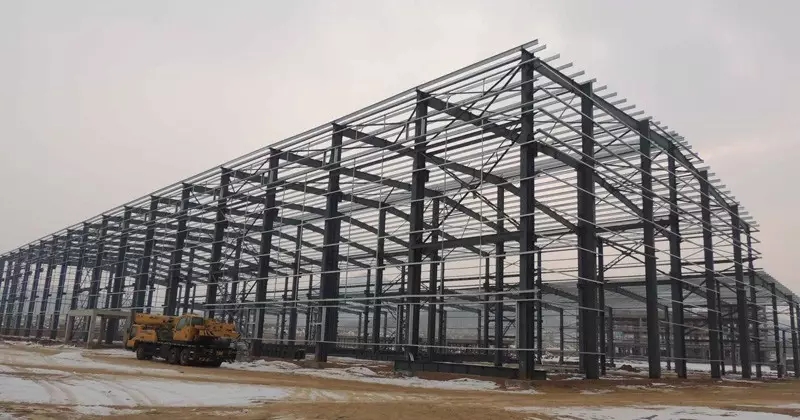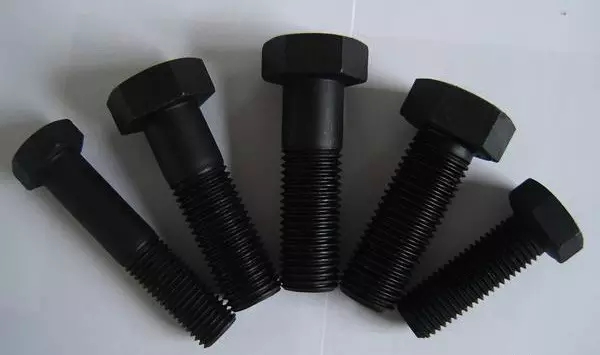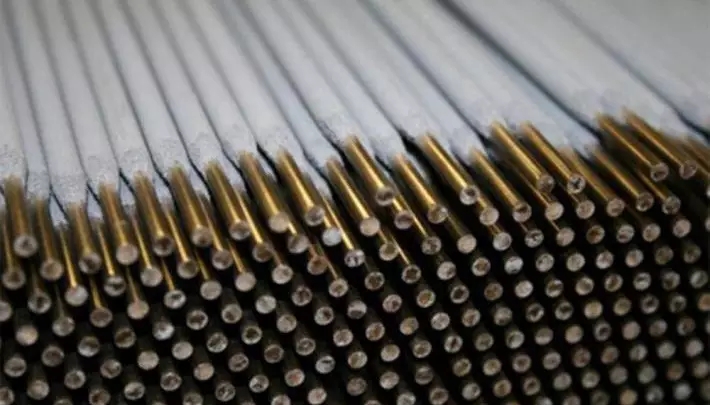The Important knowledge of steel structure

1.The steel structure system has the advantages of the lightweight, easy installation, short construction period, good seismic performance, fast investment recovery, less environmental pollution, good plasticity and toughness and good impact resistance.
2.The types of steel are as following :
1.thick sheets (thick steel plate thickness <4mm).
2.medium plate (medium thickness 4-20mm)
3.thick plates (thickness 20--60mm)
4.greater than 60 are extra thick.
The steel strip is included in the steel sheet.
3..What is the difference between ordinary bolts and high-strength bolts?
Ordinary bolts are generally made of ordinary carbon structural steel. Without heat treatment, high-strength bolts are generally made of high-quality carbon structural steel or alloy structural steel. It is necessary to undergo quenching and tempering heat treatment to improve the comprehensive mechanical properties. High intensity is divided into 8.8, 10.9 and 12.9.

From the strength level: high strength bolts are commonly used in 8.8S and 10.9S strength levels. Ordinary bolts generally have 4.4, 4.8, 5.6 and 8.8strength levels.
The pre-tensioning force is applied from the high-strength bolt with force characteristics and the external force is transmitted by the friction force. The ordinary bolt transmits the shearing force by the shearing force of the bolt and the bearing pressure of the hole wall.
4.According to the force characteristics, it is divided into friction type and pressure type.
The friction type high-strength bolt is an external load that transmits an external force according to the frictional force between the connected members. When the shear force is equal to the frictional force, the design ultimate load of the extremely friction type high-strength bolt connection. At this time, the joints of the joints will not be relatively slipped, the bolts will not be shared, and the bolt holes will not be pressed.
The pressure-bearing high-strength bolt is similar to the ordinary bolt. The shearing force can exceed the friction force. At this time, the relative sliding between the connected members will occur. The bolt rod is in contact with the hole wall. The connection depends on the friction and the shearing and bearing of the bolt rod. Communicate together.
The compression type high-strength bolt has large deformation and is not suitable for the connection directly bearing the dynamic load structure.
5.Several types of welding rod
There are more than a dozen: carbon steel welding rods, low alloy steel welding rods, molybdenum and chrome molybdenum heat resistant steel welding rods, low temperature steel welding rods, stainless steel welding rods, surfacing welding rods, cast iron welding rods, nickel and nickel alloy welding rods, copper and copper alloy welding rods, Aluminum and aluminum alloy electrodes and special purpose electrodes.

6.Weld defect:
(1) Incomplete penetration: the blunt edges of the middle metal joint (X groove) or the root (V, U groove) are not completely fused together and the partial remains unfused. The incomplete penetration reduces the mechanical strength of the welded joint and forms a stress concentration point at the not-welded notch and the end portion, which is likely to cause cracking when the welded member is subjected to a load.
(2) unfused: between the solid metal and the filler metal (between the weld bead and the base metal), or between the filler metal (between the weld beads during the multi-pass welding or between the weld layers), the partial fusion is not completely melted, or In spot welding (resistance welding), the base metal and the base metal are not completely fused together, and sometimes there is often a slag inclusion.
(3) Porosity: During the fusion welding process, the gas in the weld metal or the invading gas in the weld pool may overflow in the future before the molten metal cools and solidifies, and remains in the cavity or pore formed inside or on the surface of the weld metal, depending on the shape can be divided into a single pore, a chain pore, a dense pore (including a honeycomb pore), etc., especially in arc welding, due to the short time of the metallurgical process, the molten metal quickly solidifies, the gas generated in the metallurgical process, The gas absorbed by the liquid metal, or the flux of the electrode is decomposed by the high temperature to generate gas, even if the humidity in the welding environment is too large, the gas is decomposed at a high temperature, etc., and the gas may form a pore defect when it is too late to be precipitated. Although the stress concentration tendency of the pores is not so large compared to other defects, it destroys the compactness of the weld metal and reduces the effective cross-sectional area of the weld metal, resulting in a decrease in the strength of the weld.
7.Procedures for parts processing: preparation, correction, sheep cutting, cutting, bending, hole making, assembly, welding, testing, descaling, painting.
9.Metal surface descaling methods are manual treatment, mechanical treatment, chemical treatment and flame treatment.
(1) Manual processing:
Manually processing tools such as blades, wire brushes, abrasive cloths, broken steel saw blades, etc., by hand knocking, shovel, scraping, brushing, sanding to achieve the removal of rust, this is the traditional rust removal method of the painter, but also the easiest way There are no restrictions on the environment and construction conditions, but due to the poor efficiency and effect, only a small range of rust removal treatment can be applied.
(2) Mechanical rust removal method
The mechanical descaling method mainly uses some electric and pneumatic tools to achieve the purpose of removing rust. Commonly used power tools such as electric brushes, electric grinding wheels; pneumatic tools such as wind brushes. The electric brush and the wind brush are rotated by a special round wire brush, and the rust or scale is removed by impact and friction, especially on the surface rust, but the effect is difficult to remove the deep rust. The electric grinding wheel is actually a portable grinder, which can be moved freely in the hand. The high-speed rotation of the grinding wheel is used to remove the rust. The effect is good, especially for the deep rust spots, the work efficiency is high, the construction quality is good, and the use is convenient. An ideal descaling tool. However, care must be taken during operation to prevent the metal skin from penetrating.
(3) Sandblasting and shot peening
Sandblasting and shot peening are used in the same way as in the previous section to remove the old film. (4) Flame treatment method The flame treatment method uses a gas welding torch to burn a small number of deep rust spots that are difficult to remove by hand so that the high temperature causes the oxide of the rust to change the chemical composition to achieve the purpose of derusting. When using this method, care must be taken not to allow the metal surface to burn through and to prevent heat deformation on a large surface.
(5) Chemical treatment
The chemical treatment method is actually pickling and rust removing method and an acidic solution is used to chemically react with a metal oxide (rust) to form a salt, which is separated from the metal surface. Commonly used acidic solutions are sulfuric acid, hydrochloric acid, nitric acid, phosphoric acid. In the operation, the acidic solution is applied to the metal rust portion to be slowly reacted with the rust and removed. After the rust is removed, rinse with water, neutralize with a weak alkaline solution, rinse with water, dry and dry to prevent rust.
The surface of the acid-washed metal needs to be roughened or phosphate, mainly to increase the adhesion of the metal surface to the primer.
When diluting concentrated sulfuric acid, slowly pour sulfuric acid into the water of the container and stir constantly. Do not operate in the opposite direction to prevent the sulfuric acid solution from splashing and injuring people.
10.Common lifting equipment: door cranes, tower cranes, crawler cranes, truck cranes, wheeled cranes, mast cranes, jacks, hoists, bridge cranes



